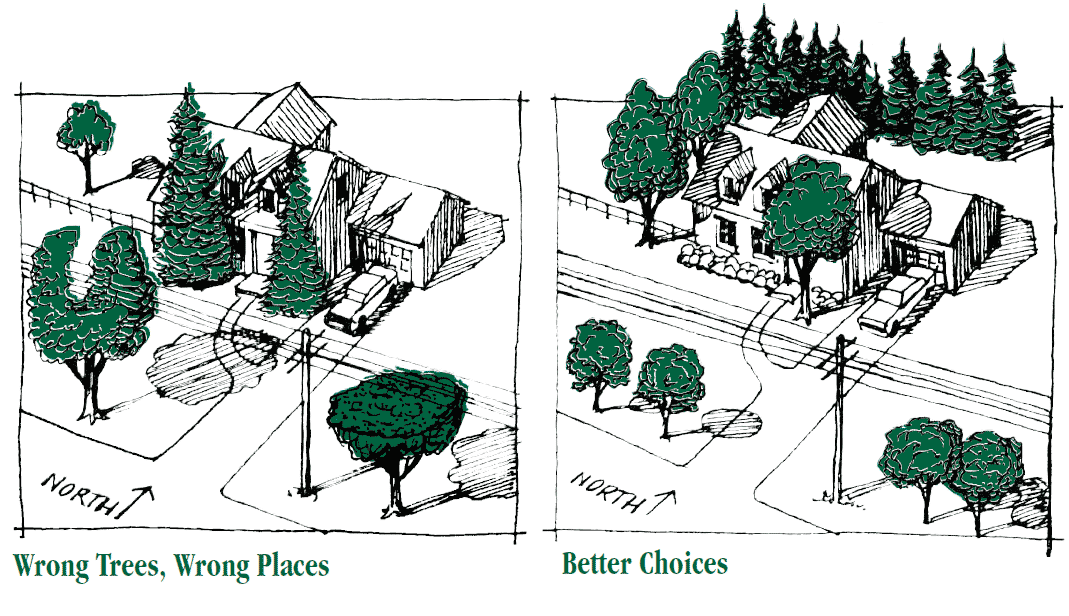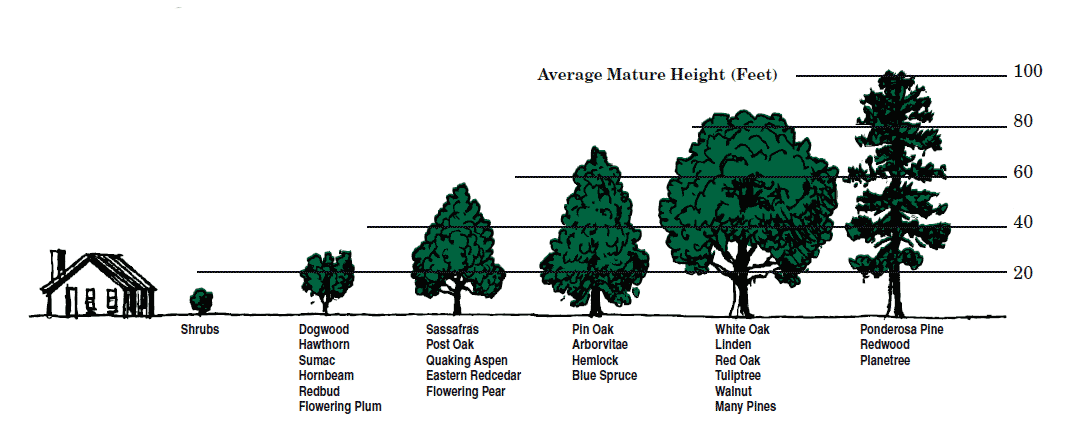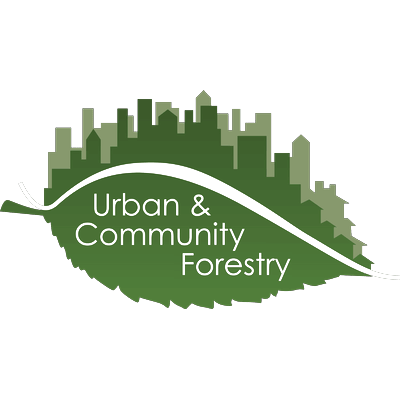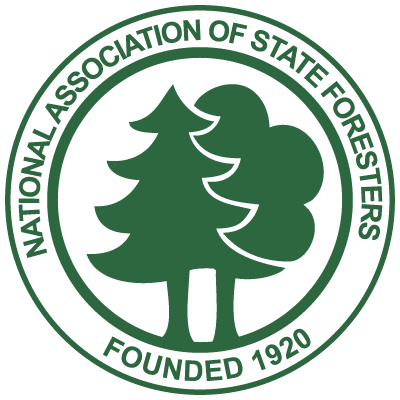Bulletin #4: The Right Tree for the Right Place
Trees provide many benefits—shade, beauty, windbreak, privacy, cleaner air, less noise, less glare, and higher property values, to name a few. But the key to these benefits is to select the right tree and plant it in the right place.
This not only assures a lifetime of satisfaction, but it also keeps maintenance costs low. Select tree species that will fill a particular role or function in your landscape. Then, plant them in the right places that will enable them to fill those functions.
This is the free, digital version of Bulletin #4. Purchase the full bulletin for the complete content.
Wrong Trees, Wrong Places
Planting large trees under utility lines can eventually mean mutilated trees as they grow to maturity. Large evergreens close to the house on the south block warming winter sunlight. No trees on the north side of the house can leave it vulnerable to icy winter winds.
Better Choices
Short flowering trees don’t clash with overhead utility lines. Large deciduous trees on the southeast, southwest, and west provide cooling shade in summer but don’t obstruct the low winter sun. An evergreen windbreak on the north blocks cold winds in winter.

Factors to Consider
- The Tree’s Purpose will impact the suitability of different tree species, whether used for shade, aesthetic beauty, wind protection, screening, or other purposes.
- Size and Location of the tree, including available space for roots and branches, affects the decision on which species to plant. (See chart)
- Crown Form or Shape varies among species, including round, oval, columnar, V-shaped, or pyramidal shapes. Consider how the shape of the tree works in the space available.

More Information
Call 1-888-448-7337 Monday-Friday 8:00 AM to 5:00 PM CST



